Bunion Surgery – Your Recovery
- Home
- Services
- Orthopaedics
- Knowledge Hub
- Bunion Surgery – Your Recovery
As bunions can vary in shape, size and severity, the recovery from surgery will look different for each patient and much of it will depend on your age, health and wellbeing coming into the operation.
Playing an active role in your own recovery, following the home treatment plan as set out by your doctor and taking suitable precautions are all crucial elements for a successful pathway back to mobility and health. Although bunion surgery is a relatively short operation, it can take up to one year for your foot to fully heal.
Rehabilitation is a crucial part of the recovery process, as this will help you regain flexibility and restore confidence in your movement. Targeted exercises help strengthen your supporting muscles which will stabilise the foot joint, and improve the range of motion in your foot and ankle. Our rehabilitation team includes experienced physicians, physiotherapists and occupational therapists who will guide you each step of the way.
Please ask about any inpatient or outpatient, individual and group rehabilitation sessions that you can access through your hospital.
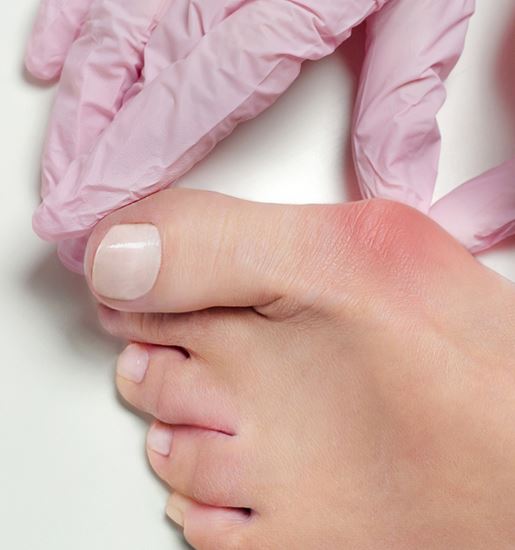
Home preparation after bunion surgery
Before you head off to hospital, make sure your home is well set up for your return after surgery. A you may require crutches or a mobility scooter, it’s important to ensure that you have enough space to move around without risk of injury to your operated foot. Getting set up in advance of your procedure is a great way to aid the recovery process.
- Consider setting up a bedroom downstairs for the first few days while you adjust to the situation, as you may find stairs difficult. Choose an area that has easy access to bathroom facilities.
- Clear the floor space for your return so you have ample space to move around. Be sure to remove any trip hazards that could get in the way of your crutches or mobility aids.
- As you’re likely to stay in one area for the first few days after your bunion surgery, it’s useful to have a recovery space set up for your return home. Keep some pillows on hand to prop yourself up and elevate your foot. Have a table nearby with access to phone chargers, TV remotes, a book, water and snacks – and anything else you think you might need within reach.
- Give your surgery recovery a head start by prepping a fridge full of superfood-packed, easy-to-whip-up meals. This way, you can focus on healing, not grocery shopping, while your mobility is limited. Keep everything within arm's reach to avoid stretching or straining. Plus, stock your freezer with ice packs to keep swelling and discomfort at bay.
- Have some easy-wear and comfortable items to hand that can be pulled on over your operated foot, such as wide-legged stretchy pants or a skirt.
- It’s a good idea to have someone on hand to help out with daily tasks like cleaning, shopping and laundry needs. Your doctor will advise when you are cleared to drive.
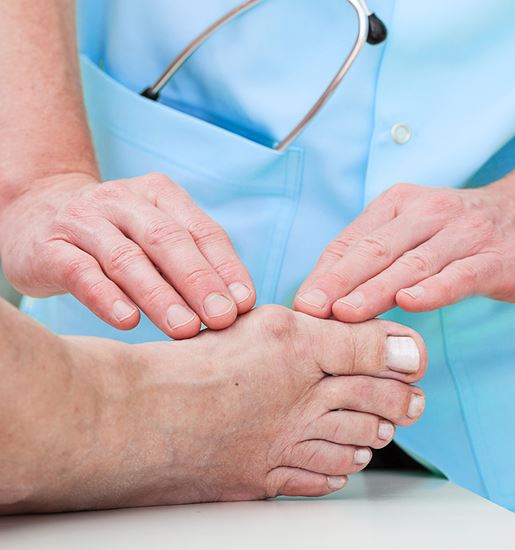
Caring for your foot
When you leave hospital, your foot will be bandaged in a specific way to hold the toes securely in position, as this is essential for successful healing. Your doctor will provide pain medication to relieve any discomfort, along with detailed advice on how to care for your foot in the days after bunion surgery. Keep your wound and dressing dry by covering your foot appropriately in the bath or shower. Elevating your foot as much as possible in the first two weeks will help with any swelling, along with regular icing as recommended by your doctor.
Some bunion procedures allow you to bear weight immediately after surgery using a special surgical shoe, whilst other types of surgery require a strict period of no weight bearing. In this instance, you will be provided with crutches or a mobility scooter to get around. Your doctor will advise when it is safe to place any weight on your operated foot, and the type of shoe that will best support the healing process. Be sure to avoid any type of fashion shoe until your doctor has given clearance, as this may compromise your bunion surgery and further bunions may potentially recur.
Rehabilitation exercises
Specific rehabilitation exercises have been developed to restore strength, mobility and flexibility to the foot and supporting muscles. Managing daily movement with bunion pain can significantly affect the distribution of weight in your walk, and after surgery this may change again as you avoid the affected areas while they heal. Gait exercises will help to restore a natural walking movement and correct any compensations that have developed.
A home stretching program will help extend the range of motion in your foot, coupled with joint mobilisation to improve balance and mobility. Resistance training exercises are used to develop strength in your toe, ankle and lower leg muscles. This helps restore stability and compensate for any loss of strength after a period of non weight-bearing. Your therapist will develop a specific program that is tailored to your goals and needs, and the rehabilitation exercises will be extended appropriately. Always follow the guidelines as set out by your treating therapist.
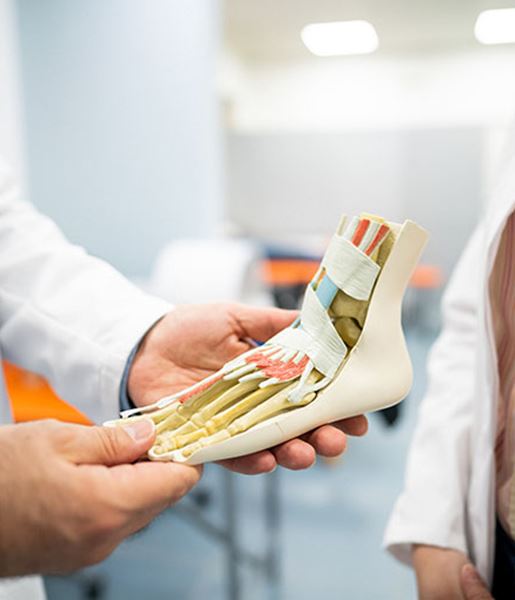
Average recovery timeline
Most patients leave hospital the same day after surgery with an individualised treatment plan for recovery. This generalised timeline will vary by patient and the type of bunion surgery performed.
Week 1-2
- Your foot will feel swollen and painful – keep it elevated as much as possible and remember to keep on top of your pain medication
- Keep all weight off the affected area unless advised otherwise
- It is normal to develop some bruising around the area
- Use your crutches or mobility devices to get around
- Move your foot and wiggle your toes as much as possible to maintain flexibility and prevent scar tissue
Week 3-4
- Your stitches will be removed, and a toe-alignment splint may be fitted
- Strength rehabilitation exercises can begin to prevent any stiffness or scar tissue forming
- Driving may be permitted, depending on the affected foot
- You can shower and bathe without covering your wound
Week 5-6
- Talk to your doctor about transitioning out of your operative shoe and into comfortable footwear
- Larger shoes may be required to accommodate any swelling
- Low impact exercises can begin such as the exercise bike, as you start to feel better
- Talk to your doctor about returning to work
Week 6-12
- Mobility and strength exercises will help improve balance and reduce scarring
- Massage the scar regularly to desensitise the area and avoid tissue sticking together
- Your walking gait should start to normalise and you may be able to vary your footwear on the advice of your doctor
- Talk to your treating doctor about resuming other activities
- If a longer non weight-bearing period was necessary, weight may now be able to be placed back on the operated foot
3-6 months
- Swelling and pain should have significantly reduced
- Maintain your physiotherapy exercise program for optimal results
6-12 months
- Talk to your doctor about appropriate footwear for the future
- A full recovery can take up to one year
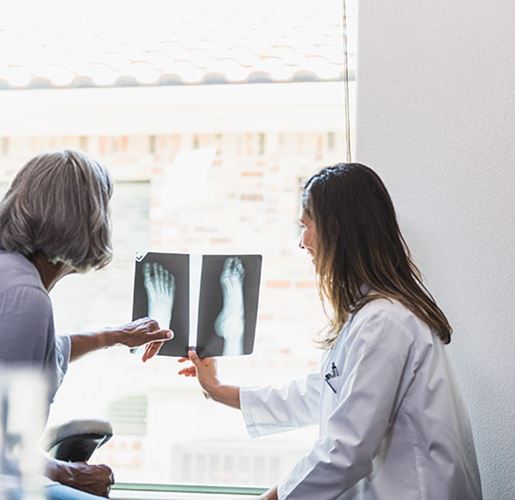
What to avoid after bunion surgery
Recovery from bunion surgery can take some time, and it does require patience to get the full benefit of the procedure. Recovery guidelines will vary by surgery, but the guidance will generally include:
- Keep your foot elevated for the first weeks after surgery to help reduce any swelling.
- Prevent stiffness and scar tissue forming by wiggling your toes at regular intervals, and adhere to your rehabilitation exercises as advised by your treating doctor.
- Be careful not to rush your recovery, or place any weight on your foot too soon as this will compromise your surgery.
- Don’t be tempted back into restrictive footwear or high heels – this could cause your bunions to reappear.
Frequently Asked Questions
How long should I stay off my feet after surgery?
Try and keep your foot rested and elevated as much as possible for the first two weeks after bunion surgery. Not only does this help relieve the pain, it reduces the swelling by helping the excess fluid to drain away. The more time you can spend off your feet in the early weeks, the better your recovery will be.
Can I ever wear high heels again?
After bunion surgery you will be fitted with a special surgical shoe which will gradually transition into comfortable footwear. This allows your foot to fully heal after the procedure. Your doctor will advise when it is safe to wear your normal shoes again, but high heels, narrow shoes or pointed shoes are not recommended for the first six months after surgery. If your bunions have been caused by restrictive footwear, it is not usually advised to resume this type of shoe in the future as there is high chance of further bunions recurring.
What will my foot look like after surgery?
The primary goal for bunion surgery is to relieve painful symptoms and restore comfortable foot movement as well as improve appearance. If you have been experiencing ongoing pain that has affected your quality of life and choice of footwear, bunion correction surgery will allow you to wear shoes with comfort and complete your daily activities without foot pain. In most cases, the foot looks more normal than before once the swelling has gone away.
When can I get back to sport?
Returning to sport will depend on the extent of your bunion surgery, but in most cases it is possible to return to limited weight bearing exercises such as swimming and cycling around 4-6 weeks after surgery. Running and other high impact exercises are not recommended until at least 12 weeks post-surgery. Always talk to your doctor before trying anything new.
This article contains information of a general nature, which may not be relevant to you. You should not rely on this article as medical advice. Any surgical or invasive procedure carries risk. We encourage you to speak with your doctor about your condition.
Related Content
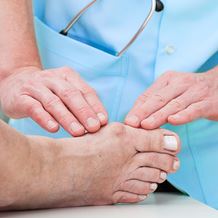
Bunion Surgery – Day of Surgery
Bunion surgery, is a common medical procedure to reduce the pain and deformity.
Read More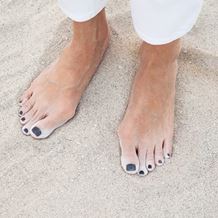
Bunion Surgery
A common medical procedure to treat bunions that cause ongoing painful symptoms.
Read More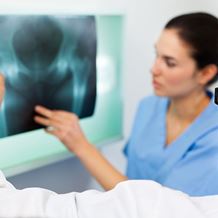
Find a Specialist
Talk to our world-leading orthopaedic specialists about the most suitable treatment options.
Read More